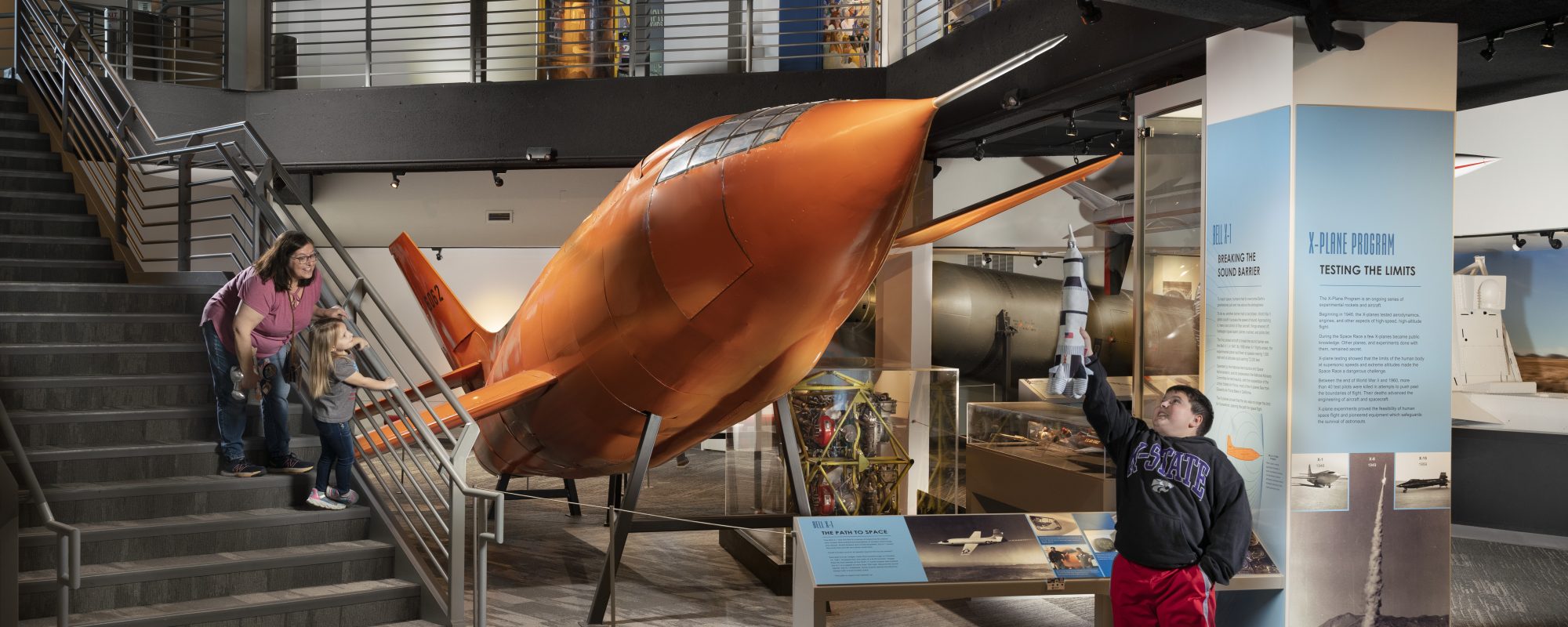In 1969, the famous Apollo 11 mission landed the first two men on the Moon. It was an enormous undertaking of men and machines. In 2013, a search expedition mounted by Amazon founder Jeff Bezos, set out to find the massive F-1 engines from Apollo 11 near the Bermuda Triangle, in water depths of over 14,000 feet or 4,300 meters. Now the remains of the famous Apollo missions have been conserved and are on display at the Cosmosphere International SciEd Center and Space Museum in Hutchinson, Kansas, inside its newly-created laboratory.
Operations manager, Vince Capone, who headed up the three-week mission off Cape Canaveral, Florida, was asked by the Cosmosphere to present on the Apollo 11 F-1 Engine recovery.
Capone’s audience consisted of two different Cosmosphere groups: The Coffee Club, and the Museum’s corporate and business sponsors. He also created a video of his presentation that will be watched by Summer Camp students who will be coming to the Cosmosphere over the summer.
The lectures included a slide presentation with an overview of the expedition, followed by a short video produced by Bezos Expeditions, which provided footage of the F-1 engine artifacts on the seabed during the recovery. The recovered and restored space artifacts were initially shown during the Explorer’s Club annual dinner, at the Waldorf, Astoria, in New York City, when they were first unveiled to the world.
During the 2013, 24-7 recovery mission, scientists examined the submerged debris fields located during the previous year’s search operation. The original search area covered over 180 square miles and contained the wreckage from seven Apollo mission first stages. No intact engines were found, but the remains of several engines, including one of the Apollo 11 F-1 engines, were brought back to the surface after 43 years on the bottom of the ocean.
The Cosmosphere now has, in two different displays, the thrust chamber from the center engine of the first stage of Apollo 11, as well as the turbo pump and the LOX dome from the same engine. (The first stage is the part of the rocket engine that ignites during the launch sequence into space. It then “falls away” back to Earth, once its fuels have been burned off, and the second stage rocket engine takes over—a process called serial staging.)
Full article with pictures continues here.


